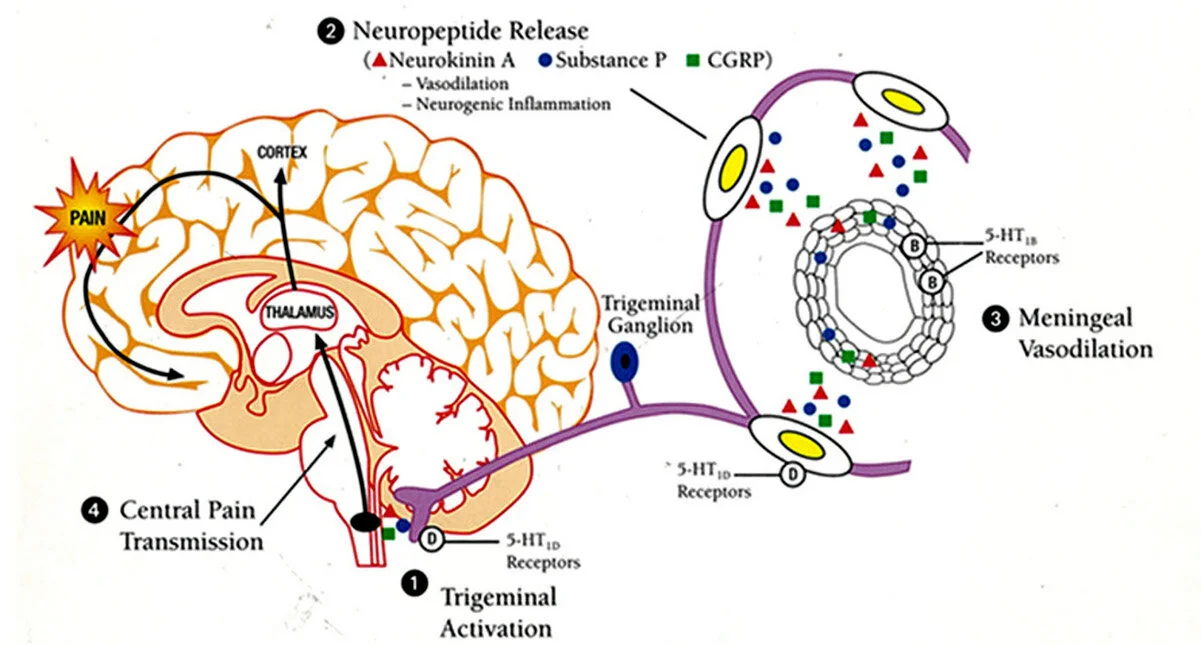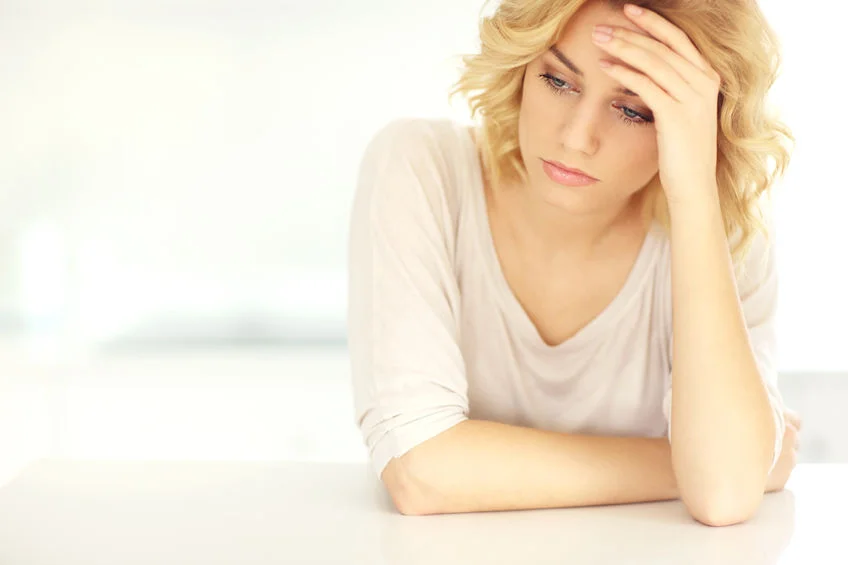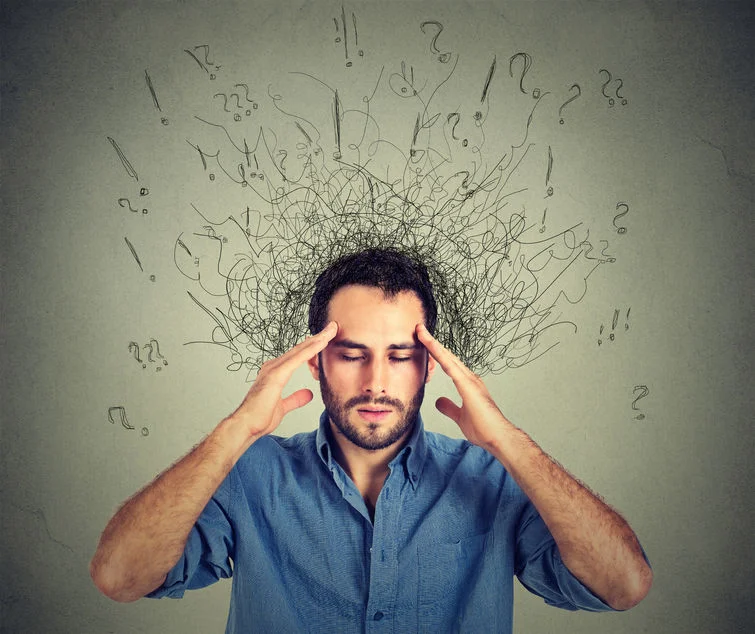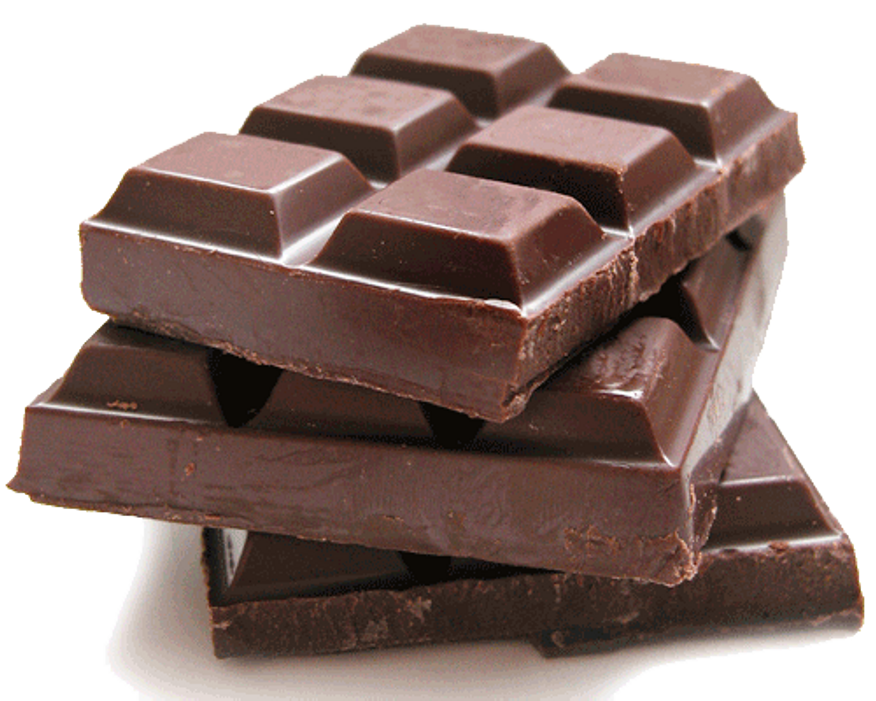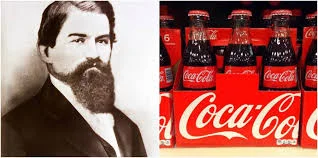Migraine and Caffeine
Migraine is an inherited, familial neurologic condition. During an attack of Migraine neurochemicals are released in the brain which inflame the sensory trigeminal nerve, the cerebral arteries, and the pain center of the brain—the thalamus.
How does caffeine help and also aggravate Migraine? This is a perplexing problem which is usually poorly understood by the Migraine community.
This is an article by Britt Talley Daniel MD, retired member of the American Academy of Neurology, Migraine textbook author, and blogger.
Caffeine is a weakly effective acute therapy drug for Migraine found in coffee and over the counter headache medications like Excedrin. Taken too much, caffeine can also increase the production of Migraine neurochemicals resulting in continuation of Migraine headaches and development of Medication Overuse Headache.
The American Headache Society states that caffeine is the most commonly used drug in the US that causes Medication Overuse Headache.
The Migraine Timing Cycle.
Limits of caffeine use
The International Classification of Headache Disorders 3 states that taking Caffeine more than 15 days a month may lead to Medication Overuse Headache. Caffeine is just another drug, like Advil or Sumatriptan, which can keep the neurochemical inflammatory process going on.
A small amount of Caffeine may help if given acutely for Migraine therapy to someone who is not overtreating with caffeine, like taking it every day. However, if too much Caffeine is consumed, migraine headaches get worse resulting in chronic Migraine from Medication Overuse Headache. This dual effect of Caffeine is confusing to a lot of people.
Who says that Caffeine is an addictive drug?
The fifth edition of the Diagnostic and Statistical Manual of Mental Disorders (DSM-V) in 2017 lists the known addictive drugs such as cocaine and alcohol but one of the most commonly consumed drugs listed there is Caffeine, addictive in amounts as small as 120 mg/day.
Caffeine can be considered to be an acute therapy drug for mild migraine as long as it is only used 2 or less days a week. Drugs used here are usually Excedrin, Vanquish, or BC powder.
Persons who don’t have migraine can probably safely consume as much as 400 mg of caffeine a day. However, a small percentage of patients with migraine will develop chronic migraine due to medication overuse headache from overuse of caffeine. Caffeine can help migraine with low dose, limited treatment (less than 2 days/week), but at higher, more frequent doses (more than 2 days/week), it may worsen migraine.
The migraine process first causes inflammation of the trigeminal nerve which carries pain from the thalamus, a nucleus in the center of the brain, to the face and the head. Twenty to forty minutes later the ganglia of the trigeminal nerve and the cerebral arteries start releasing the inflammatory neurochemicals: Neurokinin A, Substance P, and CGRP in the brain which cause cerebral arterial vasodilatation and inflammation of the trigeminal nerve, the arteries and the thalamus. See the picture of the migraine treating cycle below.
These neurochemicals stay in the body for three days and move by normal metabolism from the brain to the liver and then out in the toilet. That’s why an episode of migraine is defined as lasting 4-72 days. However, in some migraine patients, on the second or third day of their migraine if they take caffeine, NSAIDs, opioid narcotics, or butalbital starting, they get 3 more days of the inflammatory neurochemicals, and the migraine headache continues. Then every time the patient takes more pain killers, headache becomes chronic and they develop daily headache.
It’s like someone pouring gasoline on a wood fire which just keeps burning as long as there is wood and gasoline. Daily headache develops and the patient then develops chronic migraine which is defined as at least 15 headache days a month, 8 of which have migraine features. Caffeine taken daily in this situation is one of the most common drugs which causes chronic migraine. Thus, caffeine taken at low dose and 2 days a week only, may treat mild migraine headaches, but at higher doses, it worsens the situation and causes daily headaches.
Read my Mini Book on Migraine Here.
Related Questions
1.Caffeine withdrawal headache. This is a syndrome that anybody could develop. A person without migraine who drinks a lot of coffee every day, will commonly get a headache when they don’t have their coffee. However, this withdrawal headache problem is especially acute in persons who have inherited the migraine gene.
These migraineurs who drink a lot of coffee such as 300-400 mg a day, just can’t get off their coffee. They have found from bitter experience that it is too painful, not worth it, and they don’t even try because their withdrawal headaches are too severe.
Headache doctors treating these patients usually need to provide “bridge therapy” such as a week of prednisone or medrol dose pack or use of DHE as Migranal nasal spray or IM DHE injection so the patient can get through this. It usually takes 10-14 days to detox someone with chronic migraine and medication overuse headache off of caffeine.
2.What are the other symptoms of caffeine withdrawal? Criteria for caffeine withdrawal: Prolonged daily use of caffeine in excess of 250 mg a day and the development of five or more of the following signs during, or shortly after caffeine use:
Headache
Fatigue
Restlessness
Nervousness
Excitement
Insomnia
Flushed face
Diuresis
Gastrointestinal disturbance
Muscle twitching
Rambling flow of thought and speech
Tachycardia or cardiac arrhythmia
Periods of inexhaustibility
Psychomotor agitation
Drowsiness
Anxiety
Depression
Nausea
Vomiting
And significant distress in social, occupational and other important areas of functioning.
Many chronic migraine patients with medication overuse headache say, when asked to detox and get off their drugs: “No problem stopping my Hydrocodone, Advil, Butalbital, Tramadol, or Codeine, but I just have to have my coffee.”
3.Approximate amounts of caffeine in various beverages:
Coffee, grande 16 oz Starbucks 550 mg
Coffee, tall 12 oz Starbucks 375 mg
NoDoz or Vivarin 200 mg
7-11 Big Gulp cola 61 oz 190 mg
Coffee non-gourmet 8 oz 135 mg
Excedrin 2 tabs 130 mg
Coffee instant 8 oz 95 mg
Jolt Cola 16 oz 160 mg
Anacin 65 mg
Coke Cola 12oz 35 mg
Mt. Dew 55 mg
Dr. Pepper 39 mg
Pepsi 37 mg
Tab 46 mg
Cappuccino 8 oz 35 mg
Expresso Starbucks 1 oz 35 mg
Tea, green or instant 8 oz 30 mg
Chocolate dark semisweet 1 oz 20 mg
Coffee decaf non-gourmet 8 oz 5 mg
Coffee decaf Starbucks 8 oz 10 mg
Hot chocolate or cocoa 8 oz 5 mg
Chocolate milk 1 oz 5 mg
4.Pharmacological effects of caffeine. Caffeine blocks adenosine receptors, which accelerate physiological effects to occur. Adenosine is a neurochemical that impacts the sleep-wake cycle. Since caffeine blocks adenosine receptors, it promotes alertness. Adenosine is involved with calcium channels in muscle. When caffeine blocks adenosine receptors, there is increased strength and endurance of muscles. Adenosine causes dilation of cerebral arteries, so if this effect is blocked by caffeine, vasoconstriction occurs. Vasoconstriction of cerebral arteries treats migraine.
Caffeine is a central nervous system stimulator, a point that is well made by the coffee ad on TV which calls it “the think drink.” The duration of the effect of caffeine is 6-8 hours, but even one drink in the morning will interrupt sleep in some persons. Caffeine constricts smooth muscle found in arteries, the bladder, and the colon. It is the arterial vasoconstrictive action which helps with mild migraine (Excedrin, B.C. Powder, and Vanquish). The smooth muscle effect also acts as a mild stimulant on the bladder, promoting urination and in the colon, a bowel movement.
Caffeine is a central nervous system stimulant drug present in coffee, tea, and energy drinks which is consumed by millions of people.
Caffeine blocks brain adenosine receptors which produce feelings of tiredness and sleepiness. Caffeine blocking adenosine allows dopamine and norepinephrine, the normal stimulants of the body, to stay at higher levels.
Caffeine has been called the “Think Drink” and provides mild intellectual and athletic improvement.
5.Effect of Caffeine on medical conditions.
Migraine. How caffeine can directly help or worsen migraine has already been discussed, but there are other caffeine issues with migraine patients. Migraine patients often have trouble sleeping. Electrophysiologically 4 stages of sleep have been described--stage 1 being light sleep and stage 4 being deep sleep, like a baby. Sleep research studies have found that migraine patients usually only get to stage 2 sleep, which is considered light sleep. Stage 4 deep sleep is required for the brain to fully recharge. Caffeine may prevent people from falling asleep easily and also impact restorative REM (rapid eye movement) sleep. Caffeine’s effect on sleep may increase with ageing.
Migraine patients can worsen their overall sleep pattern by drinking caffeine and not sleeping well. Comorbid is a term meaning 2 conditions occur more frequently than by chance (co-with, morbid-illness). Migraine is comorbid with depression 50% of the time and with GAD, generalized anxiety disorder, 40 % of the time. Depression and GAD, according to the DSM5, each have insomnia as a cardinal diagnostic symptom. Drinking caffeine can then worsen sleep, depression, anxiety, and migraine.
Anxiety. Caffeine’s most notable property is alertness, which with too much caffeine may pass over the line into feeling nervous. Some people drinking caffeine experience jitteriness, rapid speech, and an uneasy feeling. 1000 mg of caffeine can cause “caffeine induced anxiety disorder.”
GI upset. Caffeine stimulates and clears the colon and may cause frequent bowel movements or loose stools within an hour of drinking coffee. Caffeine may worsen Crohn’s disease or irritable bowel syndrome.
Alertness and sharper thinking. Studies have shown that caffeine can improve memory which is helpful for testing at school or in the workplace.
Wired
Energy for exercise. Caffeine plus carbohydrates increase glycogen in muscle which is helpful for athletic endurance.
Rapid pulse and elevated blood pressure. Too much caffeine can increase the resting pulse, a condition known as tachycardia and give a “fluttery feeling.” High doses of caffeine can change the normal sinus heart rhythm into the dangerous, stroke risk heart pattern of atrial fibrillation.
6.Where did caffeine come from?
Let’s have a cup.
About sixty different plant species contain caffeine. There are beans from two coffee plants, Coffea arabica and Coffea canephora. It also is stored in tea leaves. In nature it acts as a natural pesticide. A legend is that the Chinese emperor, Shennong (3000 BC) discovered tea when leaves fell into boiling water and a pleasant-smelling energy producing drink resulted.
The earliest evidence of coffee drinking comes from the fifteenth century Sufi monasteries of the Yemen in Arabia. Coffee spread to Egypt and North Africa and by the 16th century was in Persia and Turkey. Then it spread to Italy and then the rest of Europe and coffee plants were brought by the Dutch the East Indies and to the Americas.
Cocoa bean residue was found in an ancient Mayan pot dated to 600 BC.
Chocolate was consumed in a bitter drink called Xocolatl and cocoa beans were used as currency. Runge in 1819, a German chemist, isolated pure caffeine for the first time, calling it “Kaffebase.”
In 1895 the German chemist Fischer first synthesized caffeine from its chemical components and later, derived the structural formula of caffeine, winning the Nobel Prize in 1902.
Check out my Big Book on Migraine Here.
7. Regulations of caffeine use. Because it was recognized to be a stimulant, coffee and caffeine have been regulated. 16th Century Islamists in Mecca made coffee illegal for some classes and Charles II of England tried to ban it in 1676. Frederick II of Prussia banned it in 1777 and Sweden banned it between 1756 and 1823.
An early health scare occurred in the U.S. in 1911 when the government seized 40 barrels and 20 kegs of Coca Cola syrup in Tennessee, alleging the caffeine was “injurious to health,” although the judge ruled in favor of Coca-Cola. Later caffeine was added to the Pure Food and Drug act stating that caffeine was a “habit-forming”, “deleterious” substance which had to be listed on a product’s label.
Dr. John Pemberton, the pharmacist who invented Coca Cola in 1886 in Atlanta, Georgia, originally marked it as a headache drug to treat migraine. He called it a “popular nerve tonic, stimulant and headache remedy, “Pemberton’s French Wine Cola,” sold for 5 cents a glass at drug stores.
John Pemberton
8.Research Summary: Effect of Caffeine and Caffeine Cessation on Cerebrovascular Reactivity in Migraine Patients. American Headache Society. Summarized by Nina Riggins, MD, Ph.D., FAHS
Many migraine patients consume caffeine on a regular basis. The question is, what is the relationship between caffeine intake and migraine conditions? This study’s objective was to discuss the effect of caffeine and caffeine cessation on cerebrovascular reactivity in patients with migraine. Continue reading to learn more about the study’s findings.
Study Overview
Migraine is associated with several vascular disorders. Mechanisms of associations between migraine and stroke are still under research.
The objective of the study was to investigate the effect of chronic caffeine use and subsequent caffeine cessation on vasodilatory function in the posterior circulation in patients with episodic migraine.
It was a prospective, longitudinal, observational, clinic-based study; 84 adult patients with migraine completed the study protocol.
Study Results
Cross-sectional analysis showed that the baseline BHI of PCA was lower in caffeine users than in nonusers.
Among the caffeine users, 28.6% discontinued caffeine intake at a 3-month follow-up.
Multivariable analysis showed an independent effect of caffeine cessation on the improvement in BHI of PCA (Unstandardized β = 0.27, 95% confidence interval 0.01–0.53, p = 0.044).
Only the quitting group showed a significant improvement in the PCA-BHI.
Implications for Primary Care Clinicians
Caffeine can affect cerebral circulation through neural, chemical and autonomic pathways. Although the present study could not show the exact neurobiological pathway through which caffeine affects cerebral vasomotor control, the findings of this study suggest a possible beneficial effect of caffeine cessation for cerebrovascular health in patients with episodic migraine.
The bottom line. Frequent use of caffeine can drive migraine headache occurrence.
This site is owned and operated by Internet School LLC, a limited liability company headquartered in Dallas, Texas, USA. Internet School LLC is a participant in the Amazon Services LLC Associates Program, an affiliate advertising program designed to provide a means for sites to earn advertising fees by advertising and linking to Amazon.com. Although this site provides information about various medical conditions, the reader is directed to his own treating physician for medical treatment.
All the best.
Follow me at: www.doctormigraine.com, Pinterest, Amazon books, Podcasts, and YouTube.
Britt Talley Daniel MD

